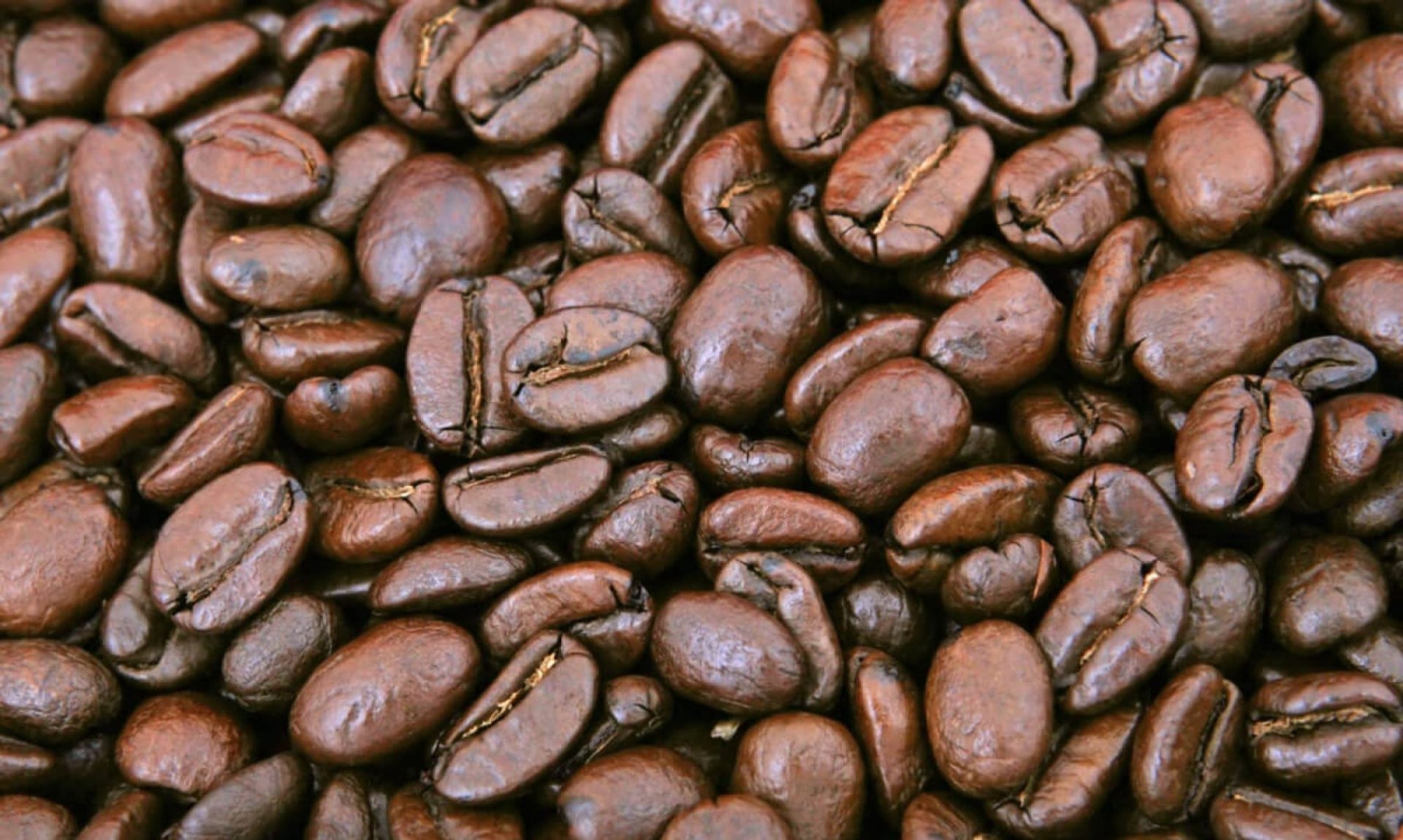If you’re serious about brewing exceptional coffee at home, there’s one accessory that stands out as the most essential tool in your arsenal – the coffee grinder. Freshly ground coffee beans are the foundation of a remarkable cup of coffee. And a quality grinder unlocks a world of flavor possibilities. In this blog post, we’ll delve into why a coffee grinder is an essential accessory for any coffee enthusiast and how it can take your brewing experience to new heights.
Consistency
When it comes to brewing coffee, consistency is the key. A coffee grinder gives you complete control over the grind size, ensuring a consistent particle size distribution. Different brewing methods require specific grind sizes to achieve optimal extraction and flavor profiles. Whether you’re brewing espresso, pour-over, French press, or cold brew, a grinder allows you to adjust the grind size to match your brewing method. It results in a more consistent and enjoyable cup of coffee.
Preserve freshness and flavor
The moment coffee beans are exposed to air, they begin to lose their freshness and essential aroma compounds. Pre-ground coffee found on supermarket shelves may have already lost much of its flavor potential. By investing in a coffee grinder, you can unlock the full flavor spectrum of freshly roasted beans. Grinding your coffee just before brewing preserves the beans’ natural oils, aromas, and subtle flavors, resulting in a more vibrant and satisfying coffee experience.
Control
The extraction process is crucial for brewing a balanced cup of coffee. Grind size has a direct effect on the rate of extraction. The finer the grind, the faster the extraction, and vice versa. With a coffee grinder, you have the power to fine-tune your brew by adjusting the grind size according to your taste preferences. This level of control allows you to extract the desired flavors from your coffee beans. This results in a cup that perfectly suits your palate.
Versatility and experimentation
A coffee grinder opens up a world of possibilities for coffee experimentation. With different grind sizes, you can explore different brewing methods and extract different flavor profiles from your coffee beans. From the bright acidity of a pour-over to the rich body of a French press, or the intense concentration of an espresso, the grinder allows you to customize your coffee experience and discover new dimensions of flavor.
Conclusion
If you’re truly passionate about brewing exceptional coffee at home, a coffee grinder is an absolute necessity. Its ability to provide consistent grind sizes, preserve freshness, and offer control over the extraction process makes it an indispensable tool for any coffee enthusiast. Embrace the world of freshly ground coffee beans and unlock the vast array of flavors waiting to be explored. Invest in a quality coffee grinder, and let your taste buds embark on a delightful journey of aromatic and flavorful coffee experiences. Cheers to brewing excellence!
